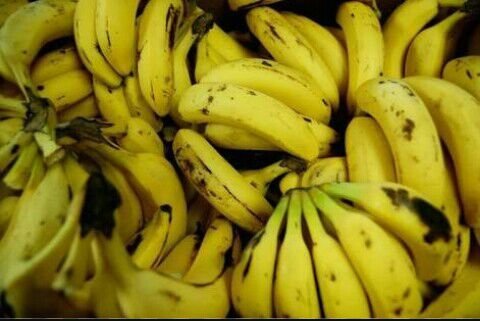
How is this possible? Part of the answer is a fascinating biological trait unique to the banana plant - and part simply has to do with how we mass-produce commodities in today's globalized food system.

When you adjust for inflation, they're nearly as cheap and in some cases even cheaper than they were decades ago, when we first started importing them widely." Nowadays, there's growing concern that Panama disease, a parasitic fungus, could wipe out the most popular banana variety altogether.Īnd yet, says Dan Koeppel, the author of Banana: The Fruit That Changed the World, "bananas remain incredibly cheap. Until the early 20th century, the banana was an exotic, expensive delicacy, unknown to most Americans. The banana is a delicate tropical fruit: It must be picked and packed by hand, then shipped and refrigerated for thousands of miles before reaching your door. The banana is so cheap and widely available that, decades ago, it surpassed the apple to become the most widely consumed fruit in the country.īut the fact that bananas have become so commonplace is fairly astounding when you think about it.


To most of us, this seems utterly normal. Walk into almost any grocery store in the continental United States, and you'll be able to buy bananas for 79 cents a pound or less.


 0 kommentar(er)
0 kommentar(er)
